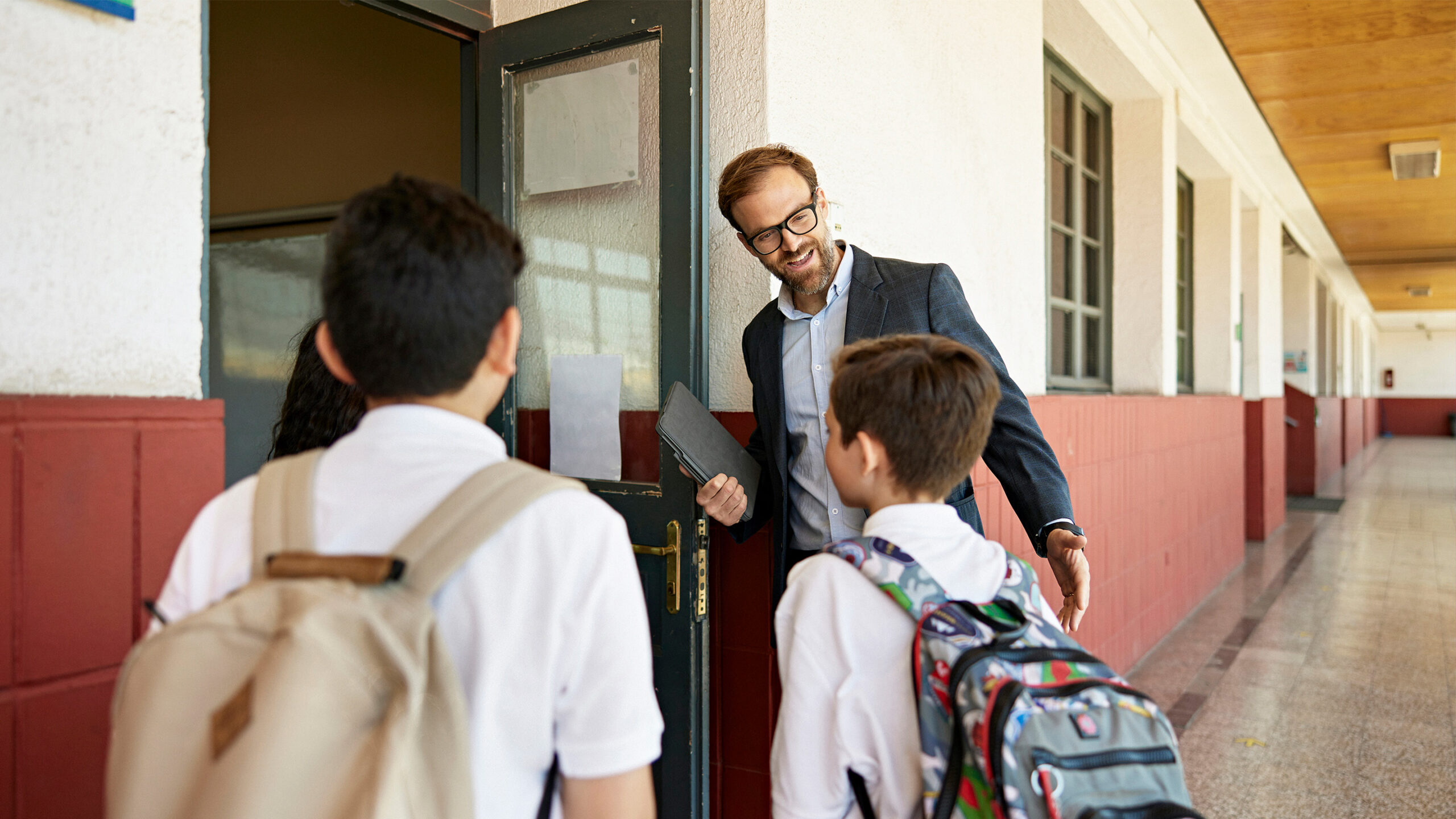During this summer, a team of students from MIT embarked on a journey to the sou …
Tips for Building and Maintaining Relationships with Students as a New Administrator
Carlos Changemaker

When the world shut down in March 2020, I felt a sense of duty to help prepare my district’s teachers, even though I wasn’t fully prepared to become an administrator at that time. These teachers had been my friends and colleagues for the past 15 years. While still teaching in the middle school classroom, I also took on responsibilities in the district office, applying my master’s degree in educational technology to reimagine education alongside other educators across the country.
Once summer arrived, I transitioned to working full time in the district office, leaving my classroom behind. It was a bittersweet change. While I love advocating for all students in the district and shaping the organization’s trajectory, I often find myself feeling empty and isolated without the presence of students.
We can all agree that students are the highlight of teaching and being in the education field. Although I enjoy my current role and the opportunity to positively impact more students than ever before, I realize that I need to create opportunities for myself as a new administrator to remain connected to students. They are not just our “why,” but also our inspiration.
SLIPPING AWAY FROM OUR STUDENTS
As a teacher, I cherished every moment—the joys and the frustrations. However, once you step away from the classroom, you must actively engage with students to maintain that sense of urgency in understanding how policies at the country and district levels directly affect them.
As you distance yourself from the classroom, even while working on-site, it’s easy to become accustomed to dealing with managerial tasks, putting out fires, and addressing the needs of parents, community members, and teachers. But if we allow ourselves to become numb to the student experience, we limit our own strength.
As administrators, we need to deliberately and intentionally create opportunities to engage with and listen to students. It is crucial for our well-being, but it also enhances the work that we do.
Research shows that principals, who are the administrators closest to students, can have a positive impact on school culture and climate by building relationships with students. A strong school climate significantly influences overall student achievement, as indicated by a 2018 study from the University of Chicago. If you are a district administrator, you are even further removed from direct student interactions.
HOW CAN ADMINISTRATORS REMAIN CONNECTED TO STUDENTS?
Here are three strategies administrators can employ to stay connected with students.
1. Establish a student advisory committee. In my district, we have a Superintendent Student Advisory Committee consisting of students from third to 12th grade. They meet monthly to provide input directly to the superintendent. Additionally, our site administrators are in the process of creating their own student input committees.
These committees serve as valuable platforms for promoting student agency within the organization or site. Students share their perspectives and needs, while also serving as ambassadors to communicate important information to their peers. Facilitating these advisory committees also allows adults to maintain connections with students and stay informed about pressing issues.
Note: When launching an advisory team, it is important to include a diverse range of students, not just high-achievers or those involved in student government. Ensure that voices from multilingual learners to AVID students, from class presidents to students struggling with attendance, are all represented.
2. Substitute. Answer the call to fill in for classroom needs on your site. While it may be challenging to regularly balance this responsibility with your administrative duties, it provides you with closer proximity to students.
3. Engage with classrooms. Step out of your office and into the classrooms. Don’t fall into the trap of isolation. Interact with students, not to evaluate teachers, but to connect with the students themselves. Schedule dedicated time to be among students. Take a walk around the school grounds, stand at the entrance, and engage in conversations with different groups of students during lunch. Award-winning principal and ASCD author Baruti K. Kafele emphasizes the importance of being present wherever students are.
Administrative tasks should be managed outside of student-facing hours. Yes, it adds to your workload, but supporting students is the primary responsibility of an administrator. Sit down on the carpet during reading time, with the teacher’s permission, review the Google Doc that a small group is working on, and provide feedback on their writing. Ensure that you are an active part of their day, just as they are a part of yours.
I am grateful for the various pathways in education that allow student advocates to continue contributing to the field beyond the classroom. It brings me joy that when I was called away from direct student interactions, I could still draw upon my educational background and passion for the future of education. I am also thankful that whenever the challenges or political aspects of the job overwhelm me with fear or sadness, I can recharge by focusing on the students I fight for.


